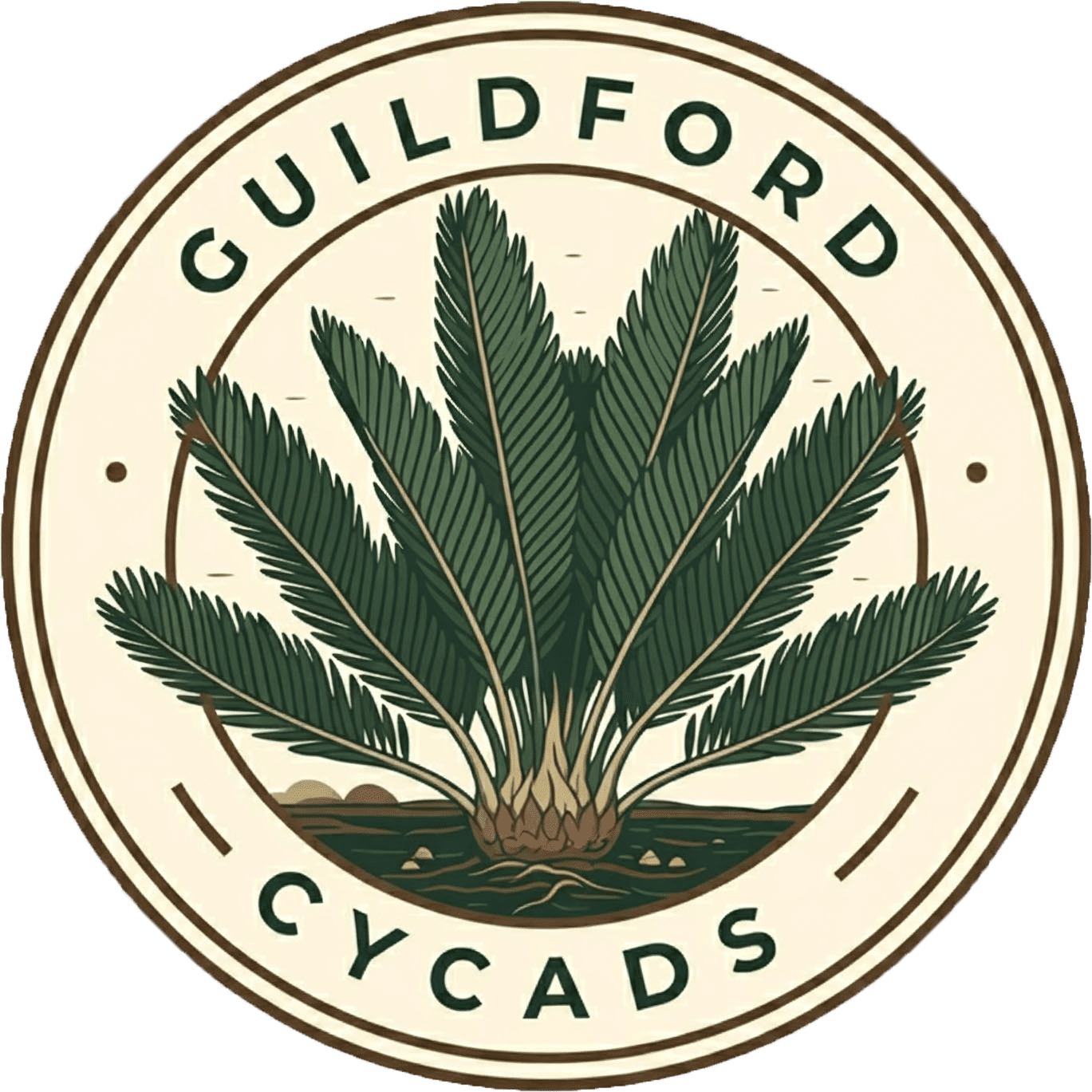More ecology papers are relying on citizen science data, but how accurate are plant identifications on these apps? Mesaglio and colleagues have analysed over ten thousand iNaturalist records, and found that of the 7,000 records initially identified to a species level, 92% were correctly identified.

The team recruited 50 experts to examine a dataset of iNaturalist plant records from Western Australia. The records from Kalbarri, Lesueur, and Fitzgerald River National Parks cover a biodiversity hotspot with many endemic species. Each week the experts focused on one of these regions.
Accuracy of the records varied, with Research Grade records being accurate 97% of the time. Other records needing confirmation were correct 88% of the time. However, mistakes were often near misses, with 83% of errors being in the same genus, and 96% in the same family.

The species of plant also made a difference to accuracy. Drosera (sundews) were correctly identified 99% of the time, and 95% of eucalypts. This wasn’t a freak result from a small sample size. Australians know their sundews, having recorded over five hundred individual plants.
Where there were errors, this was extremely understandable. The genus Geleznowia had 28.9% errors. Until 2020 it was easy to guess the correct Geleznowia species, there was only one in the genus. But recent taxonomic changes in 2023 mean there are now seven species recognised in western Australia.

For some species, the identifications were accurate but not precise. An example Mesaglio and colleagues found were sedges. It’s easy to know you’re looking at a sedge, but knowing exactly which species of sedge is difficult. This “precision” improvement is as valuable as fixing misidentifications.
The expert ID blitz dramatically improved data quality. Research Grade observations increased by 250%, with experts adding 5,000+ new Research Grade IDs and refining 2,400+ coarse IDs to species level. These new identifications can now act as references for future citizen science identifications.

This is valuable as there is not yet a complete Flora for Western Australia, despite the state having approximately 11,000 described native vascular plant species. For species with few or poor field photos, iNaturalist collections now offer a way to accurately visualize rare and endemic plants.
The project identified 183 new species across the three regions during the event. This finding has important implications for conservation, as many of these newly recorded species likely include endemic or range-restricted plants, enabling mapping of species that could easily be missed.
Some records held surprises. including range extensions for rare plants and even potentially new species. The photos also show characteristics that may be lost when plants are pressed as herbarium specimens. This meant it wasn’t just the volunteers’ mistakes the experts were able to correct.
There were also some cases where an expert corrected a misidentified iNaturalist record associated with a vouchered specimen; these included a few examples of an expert correcting their own previous herbarium determination, highlighting not only the value of expert engagement with iNaturalist, but also the importance of field images as a supplement to vouchers.
Mesaglio, T., Shepherd, K.A., Wege, J.A., Barrett, R.L., Sauquet, H., & Cornwell, W.K. (2025). Expert identification blitz: A rapid high value approach for assessing and improving iNaturalist identification accuracy and data precision and confidence. Plants, People, Planet, 1-16. https://doi.org/10.1002/ppp3.70005
Cross-posted to Bluesky & Mastodon.
Cover image: The Hakea trail in Fitzwilliam River National Park. Canva
The post The Wisdom of Green-Thumbed Crowds Brings Expertise to Western Australia appeared first on Botany One.
